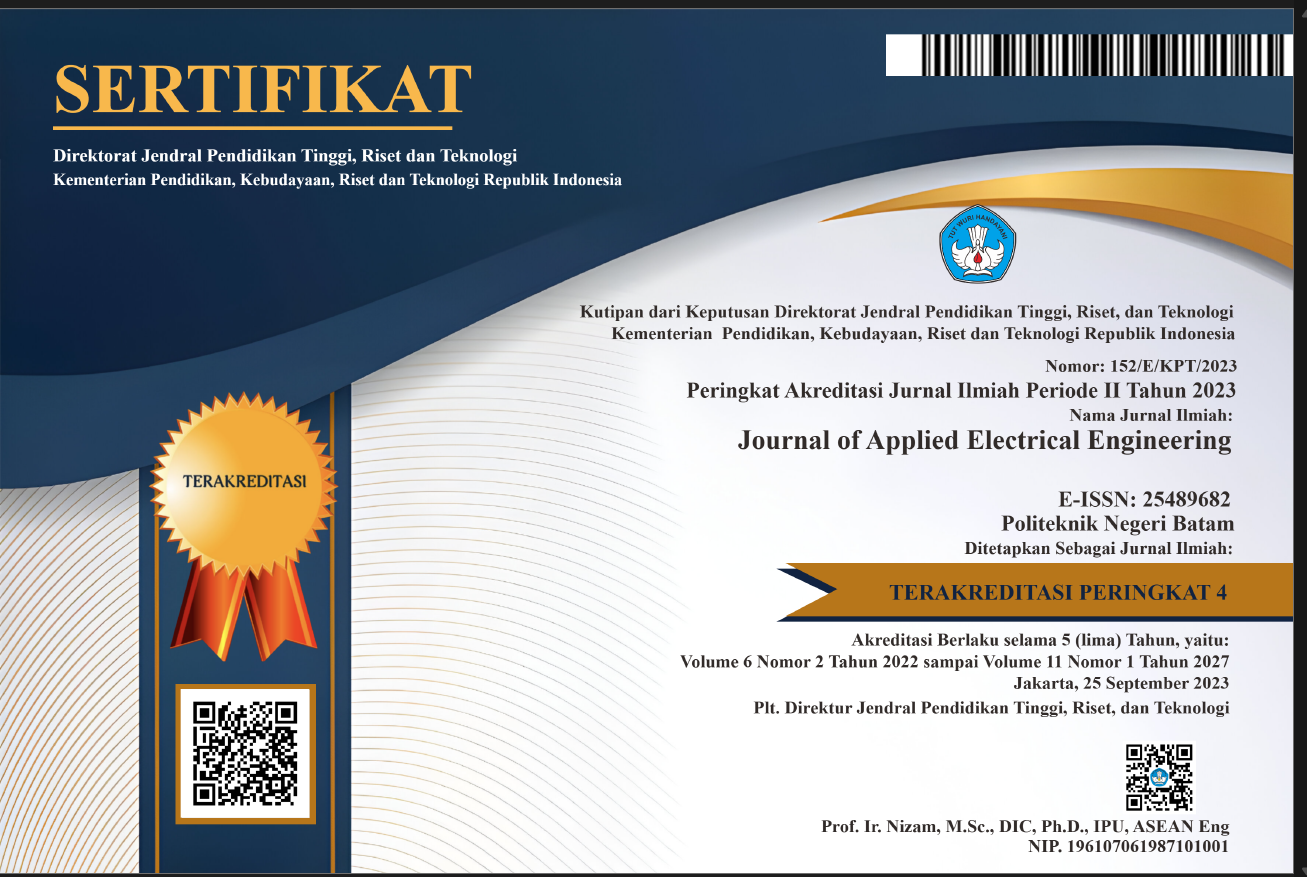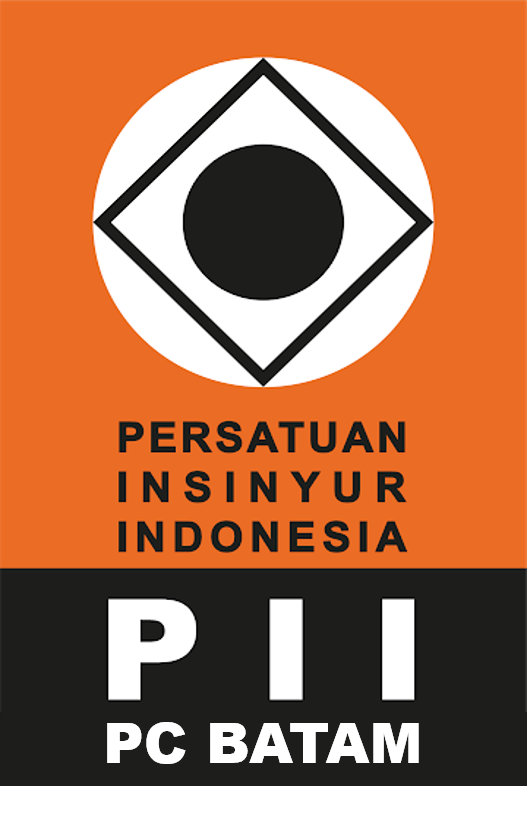Kajian Efektivitas Larutan Etsa NH4OH, FeCl3, dan CuCl2 pada Multilayar Rigid Printed Circuit Board
Abstract
Salah satu dari proses manufaktur Printed Circuit Board (PCB) adalah proses etsa yang menggunakan larutan kimia. Larutan kimia yang digunakan dalam penelitian ini adalah NH4OH, FeCl3 dan CuCl2. Metode penelitian yang digunakan dalam penelitian ini adalah menggunakan mesin etsa dengan menggunkan motor servo yang terbaca melalui encoder. Berdasarkan penelitian yang dilakukan diperoleh kesimpulan bahwa waktu yang dibutuhkan untuk melakukan proses etsa untuk seluruh PCB adalah 8 menit untuk FeCl3, 18 menit untuk CuCl2. Sedangkan untuk NH4OH baru terjadi etsa pada waktu 18 menit.
Downloads
References
Cahyono, H. B. dan Ariani, N. M. “Reduksi Tembaga Dalam Limbah Cair Proses Etching Printing Circuit Board (PCB) dengan Proses Elektrokimia,” Jurnal Riset Industri., vol. 8, no. 2, pp. 101-121, 2014.
Cakır, O. “Copper etching with cupric chloride and regeneration of waste etchant,” Journal of Materials Processing Technology., vol. 175, no. 1-3, pp. 63-68, 2006.
T, Nakano. et al. “Detection Of Poly Halogenated Biphenyls In The FeCl3 Manufacturing Process,” Organohalogen Compounds., vol. 69, pp. 435, 2007.
B. Budiana, E. Aprilia, M. T. Ginting, and B. Sugandi, “Kajian Waktu Etsa dan Penurunan Massa PCB double Layar,” JURNAL INTEGRASI, vol. 10, no. 2, pp. 86–91, Oct. 2018, doi: 10.30871/ji.v10i2.987.
Kumar, V. et al. “Effect Of HCl and NH4OH Etching on CZTSSe Absorber Layer,” Vacuum., vol. 155, pp. 336-338, 2018.
Erkan, M. E. et al. “Interplay Between Surface Preparation and Device Performance in CZTSSe Solar Cells: Effects of KCN and NH4OH Etching,” Solar Energy Materials and Solar Cells., vol. 136, pp. 78-85, 2015.
Sohal, R., Dudek, P. dan Hilt, O. “Comparative Study of NH4OH and HCl Etching Behaviours on AlGaN Surfaces,” Applied Surface Science., vol. 256, no. 7, pp. 2210-2214, 2010.
Authors who publish with this journal agree to the following terms:
- Authors retain copyright and grant the journal right of first publication with the work simultaneously licensed under a Creative Commons Attribution License (Attribution-ShareAlike 4.0 International (CC BY-SA 4.0) ) that allows others to share the work with an acknowledgment of the work's authorship and initial publication in this journal.
- Authors are able to enter into separate, additional contractual arrangements for the non-exclusive distribution of the journal's published version of the work (e.g., post it to an institutional repository or publish it in a book), with an acknowledgment of its initial publication in this journal.
- Authors are permitted and encouraged to post their work online (e.g., in institutional repositories or on their website) prior to and during the submission process, as it can lead to productive exchanges, as well as earlier and greater citation of published work (See The Effect of Open Access).
Open Access Policy
This journal provides immediate open access to its content on the principle that making research freely available to the public supports a greater global exchange of knowledge.
Its free availability on the public internet, permitting any users to read, download, copy, distribute, print, search, or link to the full texts of these articles, crawl them for indexing, pass them as data to software, or use them for any other lawful purpose, without financial, legal, or technical barriers other than those inseparable from gaining access to the internet itself.












